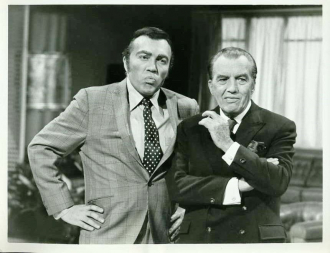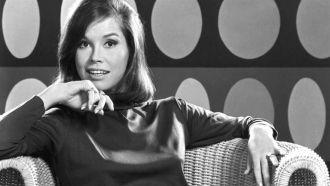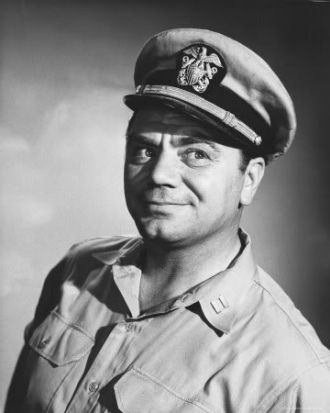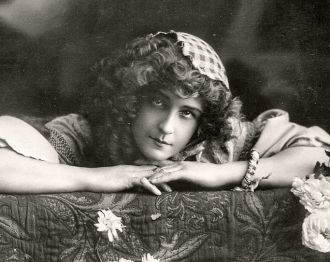Ed Sullivan Really Big Show
Edward Vincent "Ed" Sullivan presented a "really big (television) show" every week (was it Sunday night, I think it was!) on CBS. His variety show ran for 23 years (from 1948 to 1971) and he presented all the stars: Elvis Presley, The Beatles, The Stones, Frank Gorshin . . . like Johnny Carson's Tonight Show, if you made it on to the Ed Sullivan Show, you had made the big time.
The theater from which David Letterman broadcasts his Late Night Show is named after Ed Sullivan because that was Ed's home theater for years.
The theater from which David Letterman broadcasts his Late Night Show is named after Ed Sullivan because that was Ed's home theater for years.
Date & Place:
at Ed Sullivan Theater in New York, New York USA

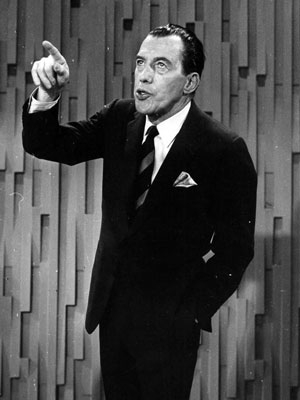
 Kathy Pinna
Kathy Pinna 
